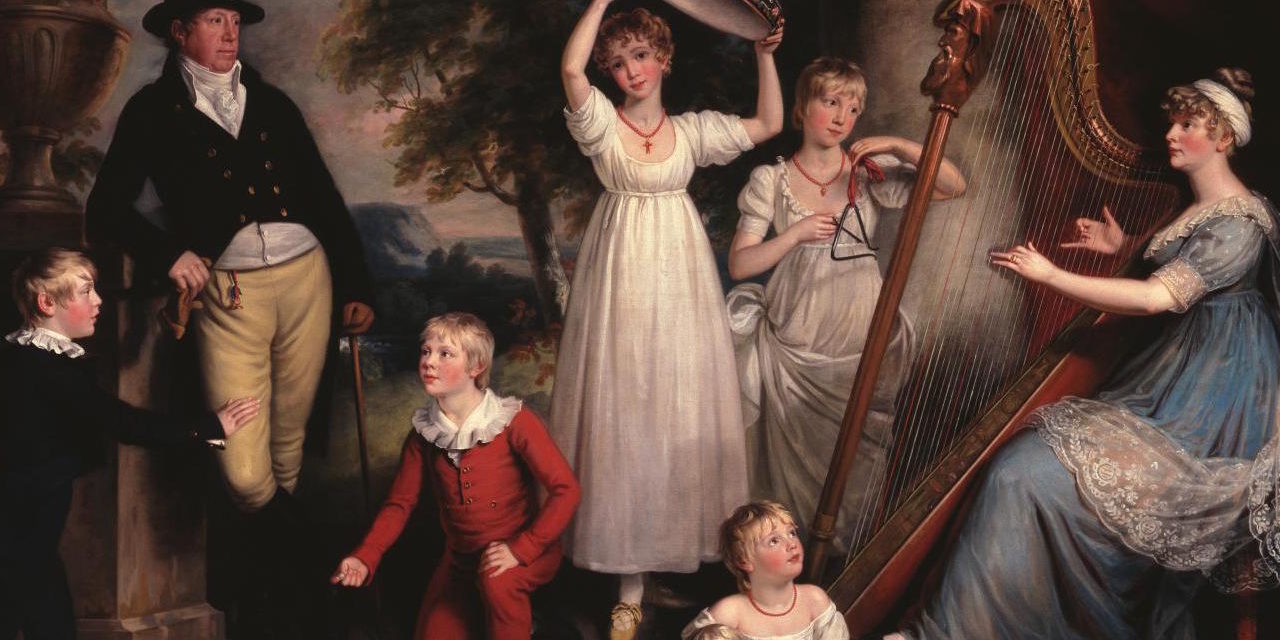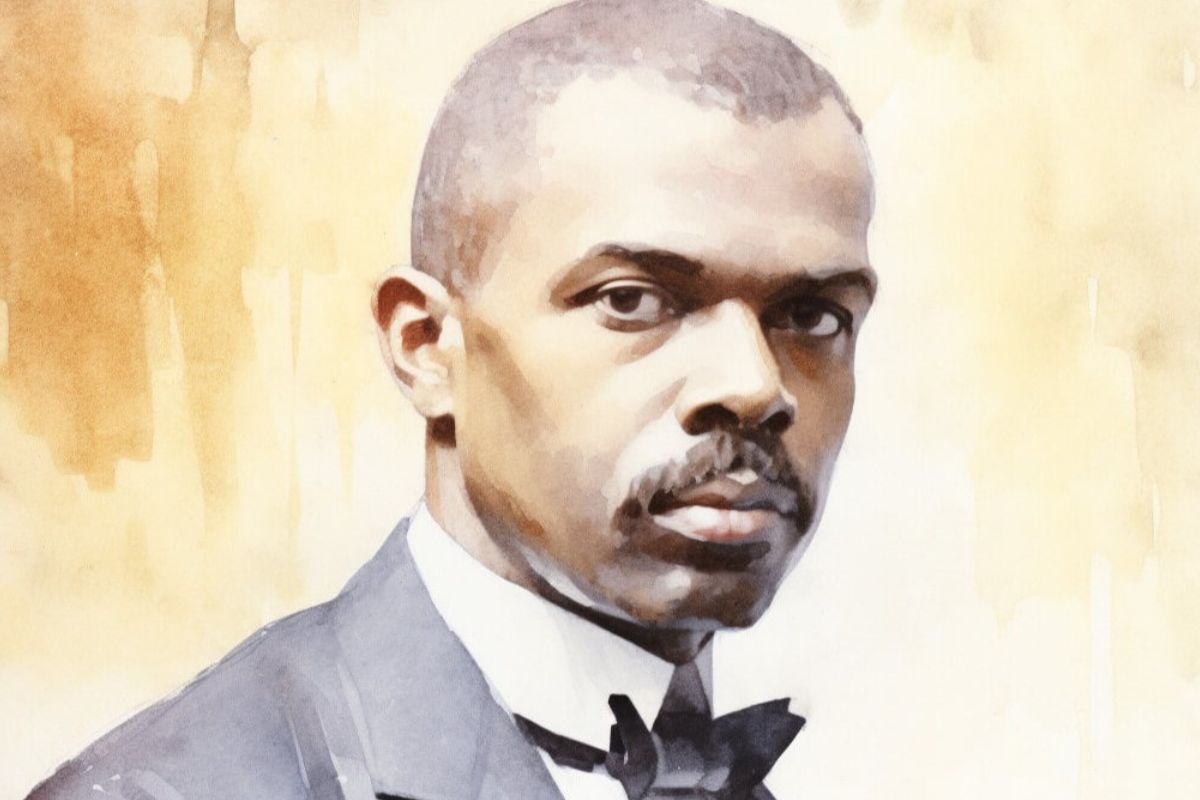
Ever wondered what life was like in the 1800s? The 1800s were a time of immense change and innovation. From the Industrial Revolution to the rise of the telegraph, this century shaped much of the modern world. Imagine living without smartphones or cars—sounds tough, right? People in the 1800s experienced the dawn of electricity, the invention of the telephone, and the first steps toward modern medicine. Fashion was also quite different, with corsets and top hats being all the rage. Let's dive into 13 fascinating facts about this transformative era that will leave you amazed and maybe even a bit grateful for today's conveniences.
The 1800s: A Century of Change
The 1800s were a time of significant transformation. From technological advancements to social movements, this century shaped the modern world in many ways. Let's dive into some fascinating facts about this pivotal era.
Technological Innovations
The 19th century saw groundbreaking inventions that changed daily life forever.
-
The Steam Engine Revolution: James Watt's improvements to the steam engine in the late 1700s paved the way for widespread use in the 1800s. This invention powered factories, trains, and ships, revolutionizing transportation and industry.
-
The Telegraph: Samuel Morse developed the telegraph in the 1830s and 1840s. This device allowed instant communication over long distances, shrinking the world and laying the groundwork for future communication technologies.
-
Photography: The first successful photograph was taken by Joseph Nicéphore Niépce in 1826. By the 1840s, photography had become more accessible, capturing moments in time and changing how people documented history.
Social Movements and Reforms
The 1800s were also marked by significant social changes and movements that aimed to improve society.
-
Abolition of Slavery: The fight to end slavery gained momentum in the 19th century. The British Empire abolished slavery in 1833, and the United States followed in 1865 after the Civil War.
-
Women's Rights Movement: The Seneca Falls Convention in 1848 marked the beginning of the organized women's rights movement in the United States. Leaders like Susan B. Anthony and Elizabeth Cady Stanton fought for women's suffrage and equality.
-
Labor Unions: As industrialization grew, so did the need for workers' rights. Labor unions formed to advocate for better working conditions, fair wages, and reasonable hours, leading to significant labor reforms.
Scientific Discoveries
The 19th century was a period of remarkable scientific progress.
-
Charles Darwin's Theory of Evolution: In 1859, Charles Darwin published "On the Origin of Species," introducing the theory of evolution by natural selection. This groundbreaking work changed the understanding of biology and the development of life on Earth.
-
Germ Theory of Disease: Louis Pasteur and Robert Koch made significant contributions to the germ theory of disease in the mid to late 1800s. Their work led to better hygiene practices and the development of vaccines, saving countless lives.
-
Periodic Table: Dmitri Mendeleev created the first periodic table in 1869. This organized the known elements by their properties and predicted the existence of elements yet to be discovered, revolutionizing chemistry.
Cultural Shifts
Cultural landscapes also evolved dramatically during the 1800s.
-
Romanticism: This artistic and intellectual movement emphasized emotion, nature, and individualism. It influenced literature, music, and art, with notable figures like William Wordsworth, Ludwig van Beethoven, and Francisco Goya.
-
Realism: By the mid-1800s, Realism emerged as a reaction to Romanticism. Realist artists and writers focused on depicting everyday life and society with accuracy and detail. Famous realists include Gustave Courbet and Charles Dickens.
-
Impressionism: In the late 1800s, Impressionism broke traditional artistic conventions. Artists like Claude Monet and Edgar Degas used light and color to capture moments, leading to new ways of seeing and representing the world.
Political Changes
The 1800s were a time of significant political upheaval and change.
- The Unification of Germany and Italy: The latter half of the century saw the unification of Germany and Italy. Otto von Bismarck led the unification of Germany in 1871, while Giuseppe Garibaldi and Count Cavour played key roles in unifying Italy in 1861. These events reshaped the political map of Europe.
The Final Word on 1800s Facts
The 1800s were a time of incredible change and innovation. From the Industrial Revolution to the abolition of slavery, this century reshaped societies and economies. Inventions like the telegraph and steam engine revolutionized communication and transportation. Women's rights movements began gaining traction, laying the groundwork for future advancements. Scientific discoveries also flourished, with Charles Darwin's theory of evolution challenging existing beliefs. The 1800s saw the rise of literary giants like Charles Dickens and Mark Twain, whose works remain influential. Art and culture evolved, reflecting the complexities of the era. Understanding these facts gives us a clearer picture of how the 1800s set the stage for the modern world. This century's legacy continues to impact our lives today, reminding us of the importance of progress and innovation.
Was this page helpful?
Our commitment to delivering trustworthy and engaging content is at the heart of what we do. Each fact on our site is contributed by real users like you, bringing a wealth of diverse insights and information. To ensure the highest standards of accuracy and reliability, our dedicated editors meticulously review each submission. This process guarantees that the facts we share are not only fascinating but also credible. Trust in our commitment to quality and authenticity as you explore and learn with us.


